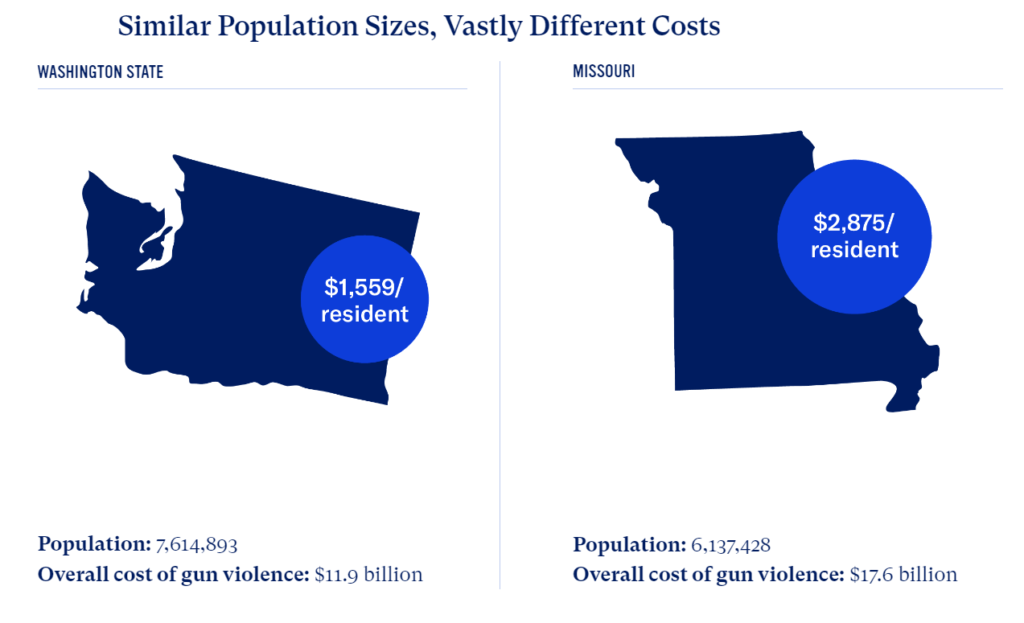Excerpt:
Yves here. I’ve taken the liberty of changing the title of this Kaiser Health New from A Family Death During the Holidays Prompts Questions and Reflection. The piece pulls its punches, perhaps because the health care journalist author Judith Graham, who regularly writes about aging, is hesitant to come off as an advocate and/or potentially alienate future sources. But you can see she is clearly not happy with the caliber of care her father-in-law received in his final days.
I’ve heard similar stories from readers and I saw it first hand with my mother, who like Graham’s father died at 94. I would be curious if practices are better or worse with the moderately and very old in other countries, particularly in Asia. The two times my mother was hospitalized in her final year, the care was horrid. And it wasn’t as if the staff was overburdened due to Covid. My mother’s aides would call for help, and after >10 minutes of getting no answer, would then go to the nurses’ station to find them doing their nails and watching TV. They also failed to keep her well hydrated and bruised her horribly.
….
But more broadly, an anti-aged attitude was evident. No one seemed willing to work that hard to save an old woman, or even help her have a more dignified death, particularly since she didn’t look that swell. Thanks to Covid, her hair and nails hadn’t been done for over a year and she came to the hospital in flannel pajamas. Notice the photos of the father in law below. Despite the upscale sweater, watch and glass frames, I suspect his very aged skin was held against him.
BTW, according to the Social Security life expectancy table, an average women my mother’s age typically would have lived another 3.8 years. So to hell with the bigots on staff.
And this sorry picture is set to get worse with Covid, with repeat infections reducing health baselines generally and resulting in more demands on doctors, nurses and hospitals that have no ability to increase capacity in less than many years. A sicker population will also produce more prejudice against older patients, even if they are robust and have managed to stay Covid-free.
Author(s): Yves Smith, Judith Graham
Publication Date: 9 December 2022
Publication Site: naked capitalism






